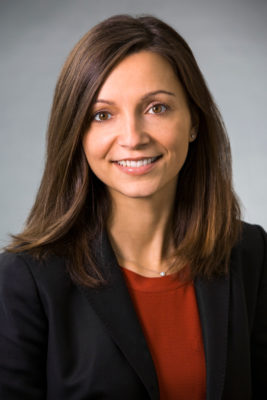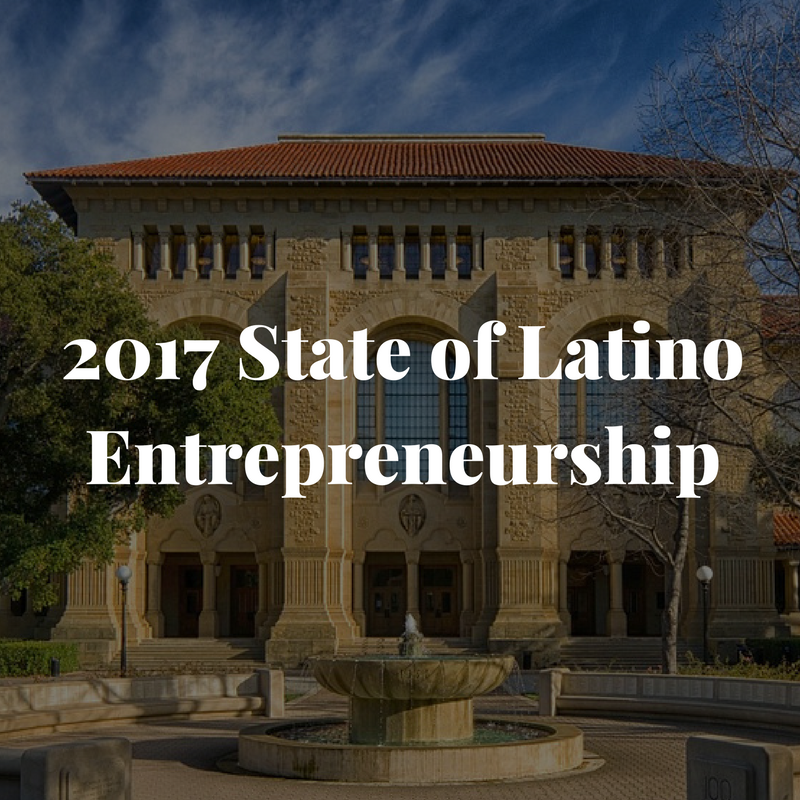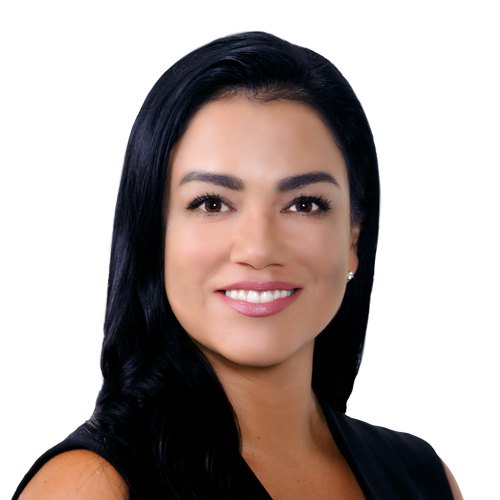|
Getting your Trinity Audio player ready...
|

Thinking back on it, Laura Fuentes—senior vice president of talent, rewards, and people analytics at Hilton Worldwide—realizes the signs were all there that she was meant to work in human resources. As a corporate strategist for Capital One, she found herself continuously drawn to projects that involved working with people, including starting the bank’s first Women in Strategy Group, helping out with recruiting, and leading the Hispanic Associate Network.
Human resources seemed like a natural progression, so she looked for opportunities to develop her human resources skills. Her first job in human resources was running first analytics, which turned out to be a great transition from strategy because it leveraged a lot of the analytics experience she already had. She worked in a variety of human resources roles at Capital One until the opportunity arose to join the human resources team at Hilton Worldwide.
The hospitality industry naturally appealed to Fuentes, who has an international background: born in Spain, spent time in Africa and Europe, and attended college in the United States. She joined the Hilton team four years ago and worked her way up to her current role of senior vice president of talent, rewards, and people analytics.
Fuentes views her main responsibility in that role as making sure every team member of Hilton has a great experience when it comes to developing their careers, feeling rewarded and recognized, and being part of an inclusive environment that allows them to bring their true selves to work. Accomplishing that means managing everything from compensation and benefits to recognition programs and leadership development. Tying it all together are the diversity and inclusion programs, which really focus on embracing all the differences of their team members so they can better serve their guests.
“We firmly believe that our team members’ experience is not too dissimilar of our guests,” Fuentes says. “They join us in having an experience, and if we deliver on those promises of a great career and a great culture, they’re going to become loyal advocates and they can grow with us, and that’s what we want for our guests, as well.”
Talent and Rewards
The good experiences Fuentes wants to provide for her team members all fall under the umbrella of “Thrive at Hilton,” which is a new program the company just launched that encourages its team members to thrive, rather than just work, at Hilton. It involves three pillars: body, mind, and spirit.
“For body, we have things like best-in-class healthcare,” Fuentes says. “We implemented a parental leave program that gives both our corporate and hourly workers ten weeks of leave for birth mothers, two weeks of fully paid leave for fathers and adoptive parents, and $10,000 for each adoptive child.”
This is a significant step up from most of their competitors, many of which offer such programs to their corporate employees, but not their hourly workers.
The mind pillar is centered around learning. “We believe in lifelong learning,” Fuentes says. “We have a very rich, global, digital platform called Hilton University, which offers thousands of courses, videos, and bite-sized learning modules in all disciplines.”
The core learning platform, which is also available on mobile devices so team members can learn on the go, encourages learning and leadership development at all levels. They’re also looking for ways to incorporate new technology into their learning programs, including virtual reality and artificial intelligence.
Assuming they get the mind and body right, their final pillar, spirit, should fall right into place, allowing team members to focus on what really matters in both work and life. “We believe that means connections with others, innovation, giving back to the world, and recognition,” Fuentes says.
Diversity and Inclusion
Hilton’s diversity and inclusion program consists of three more pillars: culture, talent, and market.
“Our culture initiatives are focused on driving an environment that is inclusive and allows all of our team members to bring their best selves to work,” Fuentes says of the culture pillar. “We want those differences to come to bear in how we do our work because we believe it elevates our thinking, provides new perspectives, and leads to innovation.”
On top of that, they define “diversity” more broadly than most. In addition to age, race, and gender, they also want to be sure to get team members who are diverse in their backgrounds, experiences, industries, nationalities, languages they speak, etc.
For the talent pillar, “we have very rigorous conversations around talent mobility and gender representation at the most senior levels, where we’ve made some huge strides,” Fuentes says.
Hilton is not satisfied with keeping its diversity and inclusion program within its own walls. That’s where the market pillar comes in. The company has made conscious strides to make sure all vendors are aligned with those same beliefs. That means hiring business owned by women and minorities.
The Results Are In
Hilton’s efforts are paying off. It rose from number fifty-six on the Fortune 100 list to number twenty-six. It’s been listed one of the best places to work period—not to mention the best employer for parents, millennials, and other groups.
Its own employees have also been giving it glowing reviews. They have a global team member survey that more than 150,000 of their team members all over the world take, and their ratings for engagement and satisfaction have continued to rise.
“The survey results underscore how our programs are working to enhance our inclusive work culture, and sustain our leadership position as a great place to work for all of our team members,”
she says.

